Best Places to Live 2011
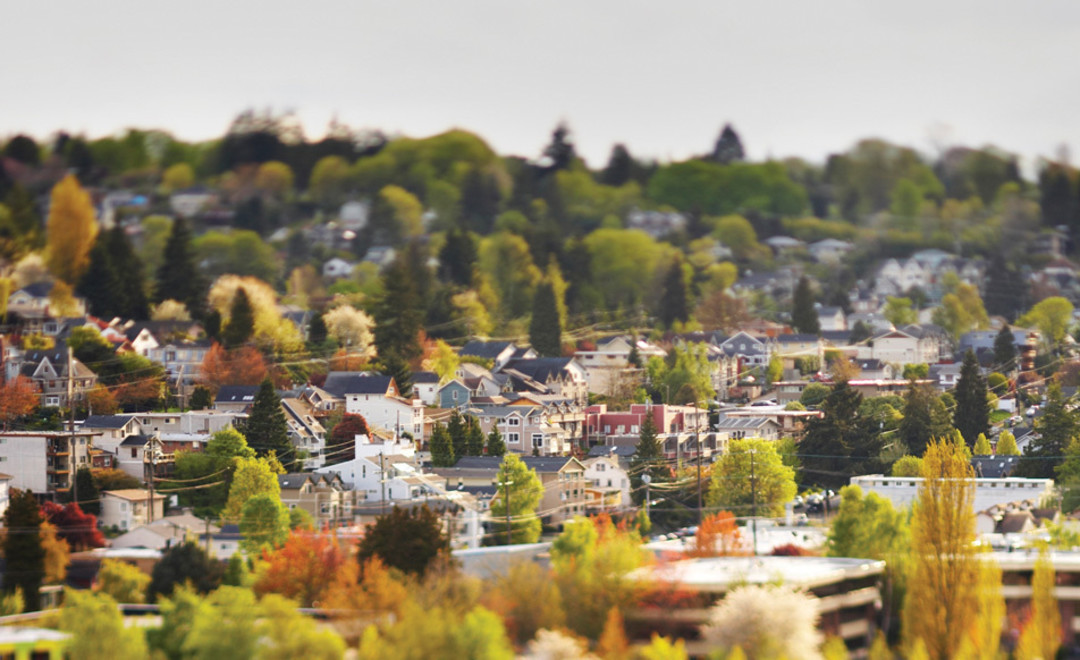
Image: Thomas Northcut
Balancing Act
• Beacon Hill •
In Beacon Hill, it’s not uncommon for doctors and lawyers to live side by side with neighbors who are receiving subsidies from the city to make improvements to their homes. Economic diversity may be the defining characteristic of the South Seattle neighborhood, and it’s the one that residents are desperate to hold on to. “It’s one of my favorite parts about this place,” says Dylan Ahearn, an environmental consultant who lives in North Beacon Hill. “We’re all out in the street playing together all day long.”
It’s also the characteristic that might be the most endangered. In the slender strip of land just east of I-5, character-rich homes are still affordable—by Seattle standards—the views of the Olympics and the Cascades are virtually unmatched, and commute times to downtown are remarkably manageable even by bike. But now that the area near the new light rail station north of Jefferson Park is attracting commercial developers, it’s just a matter of time before more urban professionals discover what Beacon Hill has to offer—and what it could have in the future.
So now locals are wrestling with how to keep improving their ’hood without destroying its everyone-knows-everyone vibe. “You have to balance new development with trying to keep the character of the community,” Ahearn says. “It’s nice to have more services, but you don’t want to change the neighborhood so much that you drive people out and turn it into just another neighborhood in Seattle.”
Love
Beyond Borders
• Phinney Ridge
and Greenwood •
In case you haven’t heard, Phinney and Greenwood like each other. Like, they like each other. They started blowing kisses at each other years ago. Then they hooked up in July 2008 when Dale Steinke and Doree Armstrong launched the phinneywood.com neighborhood blog. And this summer, well, they want to get hitched.
No really. Members of the Phinney Neighborhood Association and the Greenwood Chamber of Commerce are kicking around the idea of having the communities tie the knot August 12, as their third annual joint street party mobs Greenwood Avenue North. If it happens, it would be a mock civil ceremony to join the platonically involved neighbors; the city doesn’t have any plans to officially merge them. But the sentiment is real. “Our neighborhoods are too small to be promoted by themselves,” says Sheri Hauser, owner of the year-old Phinney-based art gallery and collectible store Tasty. “It would be a real shame not to unite and have a bigger voice.”
The union wouldn’t just be about promoting local businesses, though. It’s a planned public acknowledgment of what residents have felt for years. “If you go from Phinney down into Ballard, you’re leaving a core business area, driving through residential streets, and then hitting another business area,” says Lee Harper, the executive director of the Phinney Neighborhood Association. “But you don’t really feel that when you move from Phinney to Greenwood.” Instead, one business district along Greenwood Avenue blends into the next, flanked on both sides by tree-lined residential streets.
They’ve got their differences—Phinney’s older and more established, and Greenwood’s more affordable and culturally diverse. And they’ve got their issues—specifically encouraging the transient younger population that lives in both neighborhoods’ multifamily housing to feel a part of the community. But if there’s anything a stable couple should be able to weather, it’s the occasional spat and kids.
{page break}
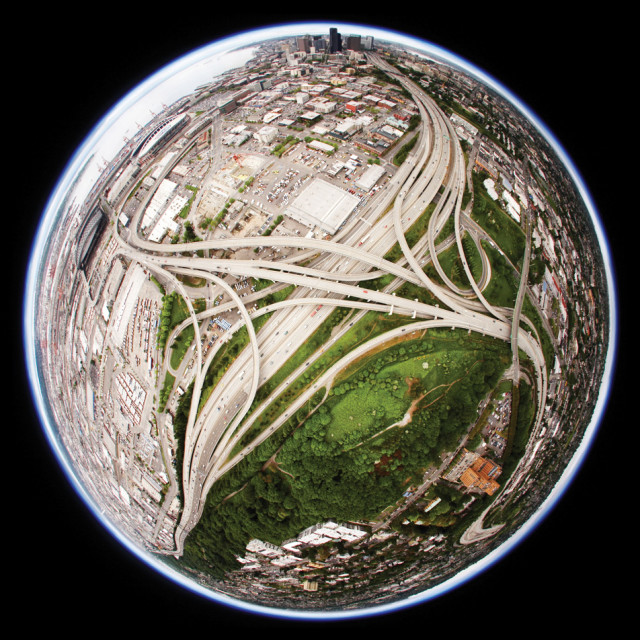
Image: Thomas Northcut
Rural by Choice
• Vashon •
Occasionally visitors to Vashon will wander into the Hardware Store restaurant in the heart of the town’s modest commercial center, scratch their heads, and ask owner Melinda Sontgerath what exactly there is to do on the island. “Well,” she’ll reply with a polite, slightly mischievous smile, “you’re doing it.” Vashon, she enjoys telling them, isn’t a bustling burg of diversions and activities. It’s a refuge from city life, the kind of place where your shoulders relax the minute you step off of the ferry. “It’s a quiet, more thoughtful type of tourist who really understands the benefit of coming over to the island,” Sontgerath says.
So rather than sweat the pressures of staying hip and luring more outsiders willing to spend their travel dollars, the native islanders are doing their best to maintain the status quo. In fact, the only truly modern concept they’ve embraced of late is sustainability—and that’s had as much to do with embracing isolation as it has with protecting the environment. They want locally grown food (and there are plenty of farms to provide it), but they want local jobs as well. “Moving to an island is a very conscious decision,” Sontgerath says. “You don’t do it lightly.”
All Quiet on the Western Shore
• Magnolia •
It’s hard to think of Magnolia as a best-kept secret, what with its name recognition, proximity to downtown, and stately homes. But that’s just how its residents think of it—and they like it that way. “It keeps us from being overrun,” says Julie Szmania, co-owner of the eponymous eatery in Magnolia Village.
Magnolians have watched fickle Seattleites hop from one hot neighborhood to another while their own little corner of the city has remained relatively unchanged. And that steady-as-she-goes status has helped the community built on wide streets and anchored by Discovery Park maintain a close-knit, family-friendly feel. Some even jokingly call it Mayberry R.F.D. “I wouldn’t quite go that far,” says Loree Schoonover, editor of the Magnolia Voice blog. “But it really is a charming small-town atmosphere five minutes from the city.”
The only drawback to all that quiet: It’s almost lulled portions of the commercial core—located on West McGraw Street—to sleep. Stubborn landlords are reluctant to pony up development dough to improve vacant storefronts, and skittish entrepreneurs won’t set up shop in the isolated enclave. The lack of retail action peeves people like Szmania, but not enough to sour them on Magnolia. “We may not be the most exciting neighborhood in town,” she says, “but we have great views, big yards, and it’s safe.”
A Place to Park It
• Mount Baker •
For being a relatively slim sliver of South Seattle, Mount Baker has an impressive amount of park space. There’s Colman Park, Mount Baker Park, and Lake Washington Boulevard, all in one cluster along the water. And that’s not even counting Genesee Park, which lies just outside the southeastern edge of the neighborhood. It’s the kind of place where people can slow down, walk their residential streets—or even walk downtown if they want—and shoot the breeze with their neighbors. “You know everyone and say hi to them on the street,” says 26-year resident Joyce Moty. “It’s not like people drive home from work and into their garage and you never see them.”
Which makes Mount Baker’s business district all the more confounding. Located at the busy intersection of Rainier Avenue and Martin Luther King Jr. Way South, it hardly has the walkable vibe you’ll find elsewhere in the community. “That’s what I think is holding us back,” Moty says. “It’s more car oriented.”
Change—or at least suggestions for change—may be on the way, though. How to improve the area surrounding Mount Baker’s new light rail station was the subject of a recent national design competition by the Urban Land Institute. Last winter, teams of graduate students from across the country were challenged to design a more pedestrian-friendly center, and the winner was scheduled to be announced in March. “Who knows,” Moty says. “Maybe the kids have some good ideas that we’ll be able to borrow.”
{page break}
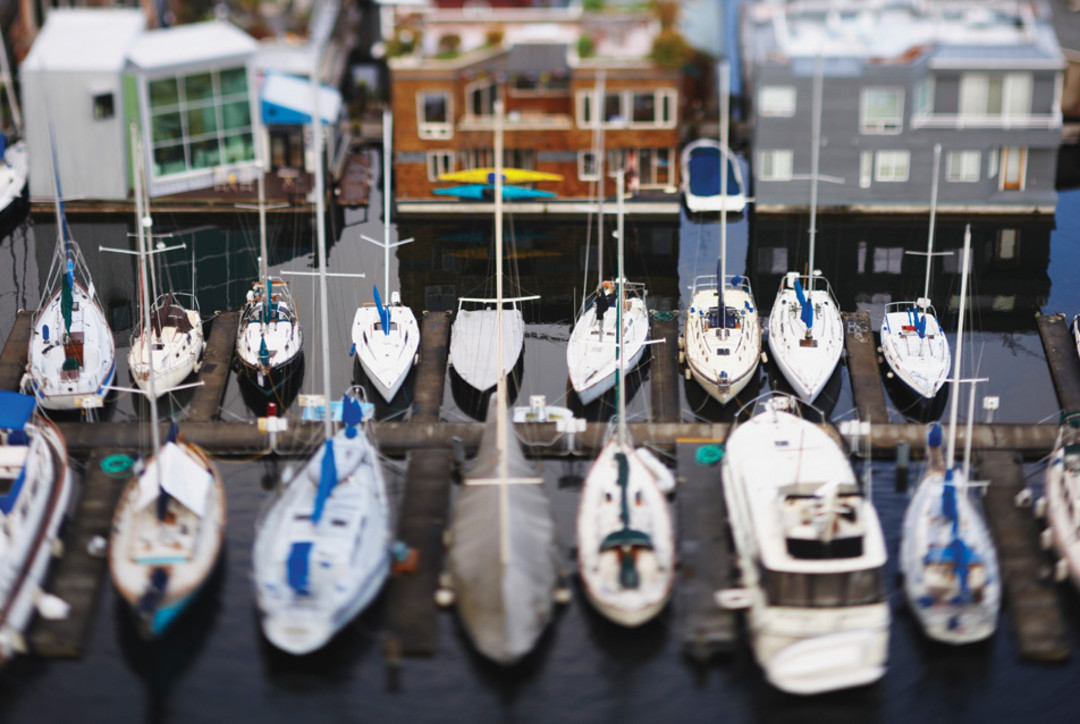
Image: Thomas Northcut
Still Funky After All These Years
• Fremont •
“We’re a quirky little lot.”
That’s Jessica Vets, executive director of the Fremont Chamber of Commerce, reinforcing what you thought you knew about the nabe’s notoriously funky folks. Except she’s not referring to nude bicyclists or guerrilla artists or people who dress up like a gorilla for kicks. She’s talking about the vein of creativity and diversity that runs through the population and the business district. In the last six months alone, Fremont has welcomed a new pie shop (creatively named Pie), a salsa dance studio (Salsa con Todo), and an upscale salon (Adele). Add that to an existing collection of tech titans (Adobe and Google) and creative types (Fremont Fine Arts Foundry), shake it up with a shot of booze (the forthcoming Fremont Mischief Distillery), and you’ve got a potent mix of uniquely Fremontian flavors.
Fans of Fremont’s commercial and artistic eclecticism (this is, after all, the home of the annual Solstice Parade) are so ardently supportive of the community’s current momentum, they’re coming from outside its borders to get involved. “There are a lot of people who call Fremont their home even though they don’t live here or work here,” Vets says. Maybe they’d like to live and work there but can’t afford to; rents and home prices remain high in the desirable section of Seattle just north of the ship canal. But whether they live there or not, they all seem to have the same goal: keeping Fremont weird.
Happily Hidden
• Maple Leaf •
It’s easy to overlook Maple Leaf. Wedged into the upper reaches of North Seattle and bordered to the south by destination nabes like Greenlake and Roosevelt, it tends to fade into the background. Not that that bothers the people who live there; businesses along Roosevelt Way Northeast like Reckless Video and Cloud City Coffee are little gems that regulars would just as soon keep to themselves.
Once the ongoing development of Maple Leaf Park (which includes burying the Maple Leaf Reservoir and adding an off-leash area) wraps up in the next few years, though, it’s only a matter of time before dog walkers and stroller pushers weary of the shoulder-to-shoulder congestion along Green Lake begin to venture north.
Unexpected Diversity
• Laurelhurst •
Laurelhurst has a reputation for being a ritzy, exclusive little burg in Northeast Seattle, and with good reason. The southern tip is all waterfront, and home prices are appropriately high. Many of those homes are, in the words of Laurelhurst Community Club president Jeannie Hale, “majestic and beautiful.” Bill Gates used to live there, and his dad still does, for crying out loud.
But once you’re there, you’re family—even if you aren’t a millionaire. Neighbors look out for each other (they’ve invested in a private security service to patrol the streets), and they’ve consistently supported ballot measures for low-income housing. “I think the perception is that everybody is very wealthy, which is far from the truth,” Hale says. “There’s a much broader mix of people, a broader diversity than many would think.”
Kids Are All Right
• North Admiral •
A message from the residents of North Admiral to the rest of Seattle: We’re not as old and white as you think we are. “When I moved to West Seattle six years ago, people would raise an eyebrow and say, ‘Oh you live in North Admiral,’ says Katy Walum, president of the Admiral Neighborhood Association. “And I’d say, ‘Yeah, but my house is at the more proletariat end of the street.’ There are all kinds of people who live here.”
Walum and the association’s members are trying to blow up the city’s perception of the neighborhood as a stuffy, elitist community, and they launched a free summer concert series three years ago to help get the word out. It’s working: Last summer, local acts like Pearl Django and Caspar Babypants (Chris Ballew of the Presidents of the United States of America) drew crowds from all over the city.
And dispelling the “North Admiral is old” myth has as much to do with promoting the nabe’s kid friendliness as it does with claiming it’s hip. “There are so many families here now,” Walum says. “We’ve got kids coming out of the woodwork.”
{page break}
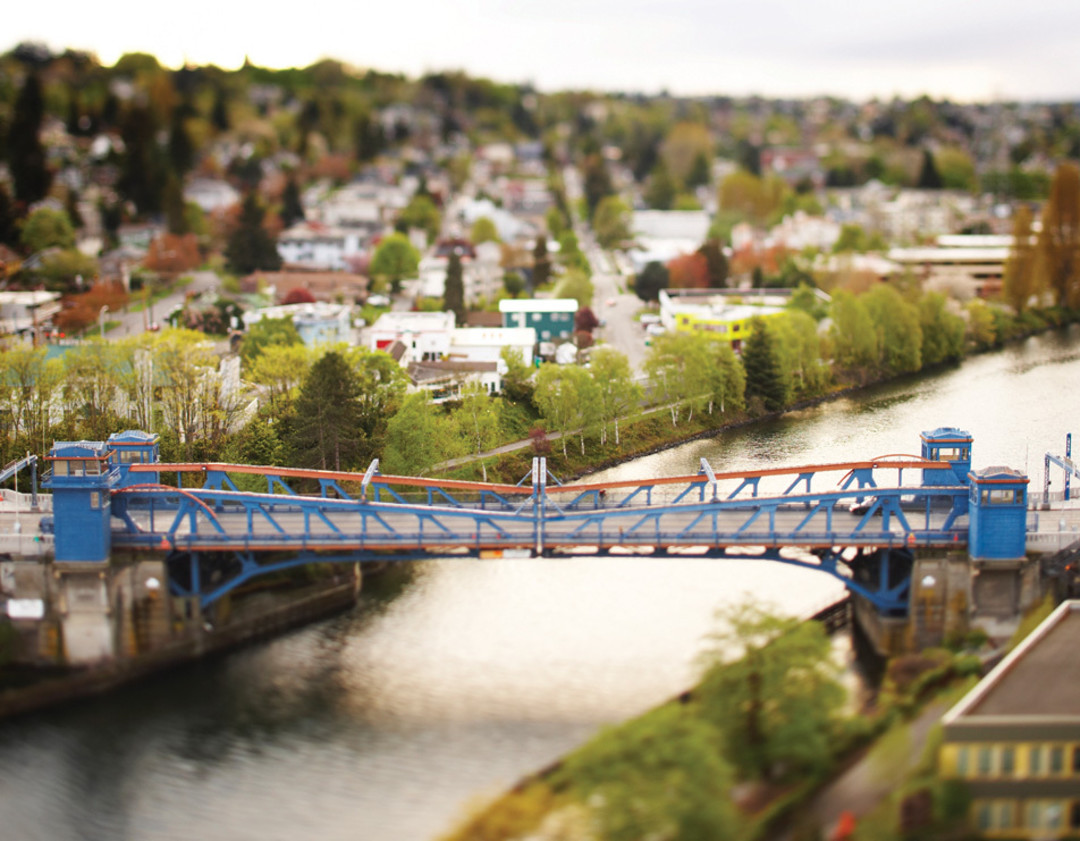
Image: Thomas Northcut
Unity Near the U
• Ravenna •
Even for the people who reside in Ravenna, it’s hard to quantify exactly what makes it such a great place to live. “It’s just my home,” says 25-year resident Susan Gregory.
Some love the tree-lined residential streets and their proximity to the University District. Some appreciate the lack of a bustling business center that might congest their otherwise quiet streets. And some are energized by the community involvement; 15-year Ravennan Patti Colescott says residents’ efforts to clean up a rash of graffiti five years ago brought the once-sleepy neighborhood to life. “We had one of those red wagon groups, where the city gives you red wagons and supplies, and then it’s up to the neighborhood to make it happen,” she says. “So once a month, we would meet at Bagel Oasis, and then we would all head out in different directions to work.”
The graffiti disappeared, but that sense of unity remained: Now Ravenna’s fiercely protective community members are gearing up for a fight against a high-rise development tentatively planned for the western edge of the ’hood. They’re worried it might add the wrong “flavor” to the area, Colescott says, but more important, it’s just too big. They like things just the way they are in Ravenna, thank you very much.
A Small Town No Longer
• Kirkland •
A lot of midsize communities like to claim they sport a small-town feel, but Kirkland backs up its big talk. Two years ago, the city canceled its annual New Year’s Day Polar Bear Plunge in Lake Washington, citing budget constraints. Instead of letting the seven-year-old tradition die, though, fans of the frigid event staged a (metaphorically) stripped-down version without the city’s involvement. “We thought, ‘It’s a public park. As long as we don’t accept liability, why can’t we tell everyone to meet down at the park and do our own polar plunge?’ ” says Kirkland Weblog founder Janis Rabuchin. “We got the word out, and more than 100 people showed up.”
The question the Eastside waterfront enclave faces now, though, is whether it will be able to hold on to its self-proclaimed small-town designation much longer. This June the long-discussed annexation of the Finn Hill, Kingsgate, and North Juanita neighborhoods becomes official; adding those portions of unincorporated King County will boost Kirkland’s population by 33,000. The city’s design review board approved a controversial redevelopment of the Kirkland Parkplace shopping center in December. And developer Stuart McLeod, who opened Milagro Cantina in downtown Kirkland last winter, plans to expand Hector’s, his bar and grill on Lake Street. “There’s lots of things in the pipeline,” Rabuchin says. “It will be fun to see what we look like 10 years from now.”
Waterfront Destination
• Madison Park •
East Madison used to be the dividing line between wealthy Madison Park and working-class Madison Park; you had your pricey homes to the south and your modest beach houses to the north. But most of those little homes are gone, torn down and replaced by stately manors. “As a result, a lot of areas on the north side of Madison have become like the south side,” says nine-year resident Bryan Tagas. “There’s not that much difference anymore between the two.”
The two sides have a lot more in common than tony homes, though. For one thing, Madison Parkers are a welcoming—and liberal—bunch. (“It’s a very friendly neighborhood to walk around in,” Tagas says.) And for another, they love their comprehensive collection of retail amenities—so much so that it’s hard to pry them out of their perch between the Arboretum and Lake Washington. It’s a destination neighborhood, and one that tends to ensnare anyone who moves there. “I always say that we have everything but a bookstore and a liquor store,” Tagas says with a laugh. “I’m not even kidding when I say that you could live here and never have to leave the neighborhood.”
Driven to Survive
• Montlake •
For being a decidedly quiet residential neighborhood, Montlake is on the verge of a traffic uproar. Parking has always been a problem—particularly during football games at nearby Husky Stadium and the massive annual Greek festival at St. Demetrios Church on Boyer Avenue East. But congestion is what’s on residents’ minds now, as the Washington Department of Transportation ramps up plans to rebuild the 520 bridge to the Eastside. “Everybody’s worried about the bridge and what’s going to happen when cement trucks are rolling through the neighborhood every 10 minutes,” says Julee Neuhart, longtime Montlaker and chair of the local welcoming committee.
Montlake residents have expressed concern about construction at the north end of the neighborhood, where the DOT is also considering building a second bridge that would connect to the University District. But they’re also bracing for the inevitable onslaught of drivers from Madison Park and Madison Valley who will lose direct access to 520 when the Lake Washington Boulevard ramp closes as part of the rebuild. “They’re worried that 24th Avenue, which is a pretty quiet little business district, is going to look more like Aurora,” Neuhart says.
The locals’ outcry over the roadwork will no doubt strengthen their reputation for being shrill nimbyists, but they’ve got good reason to complain. Virtually surrounded by parks and water, Montlake is a little slice of nature in an urban setting. “If you’re a city person,” Neuhart says, “I can’t think of any other neighborhood that beats it.”
{page break}
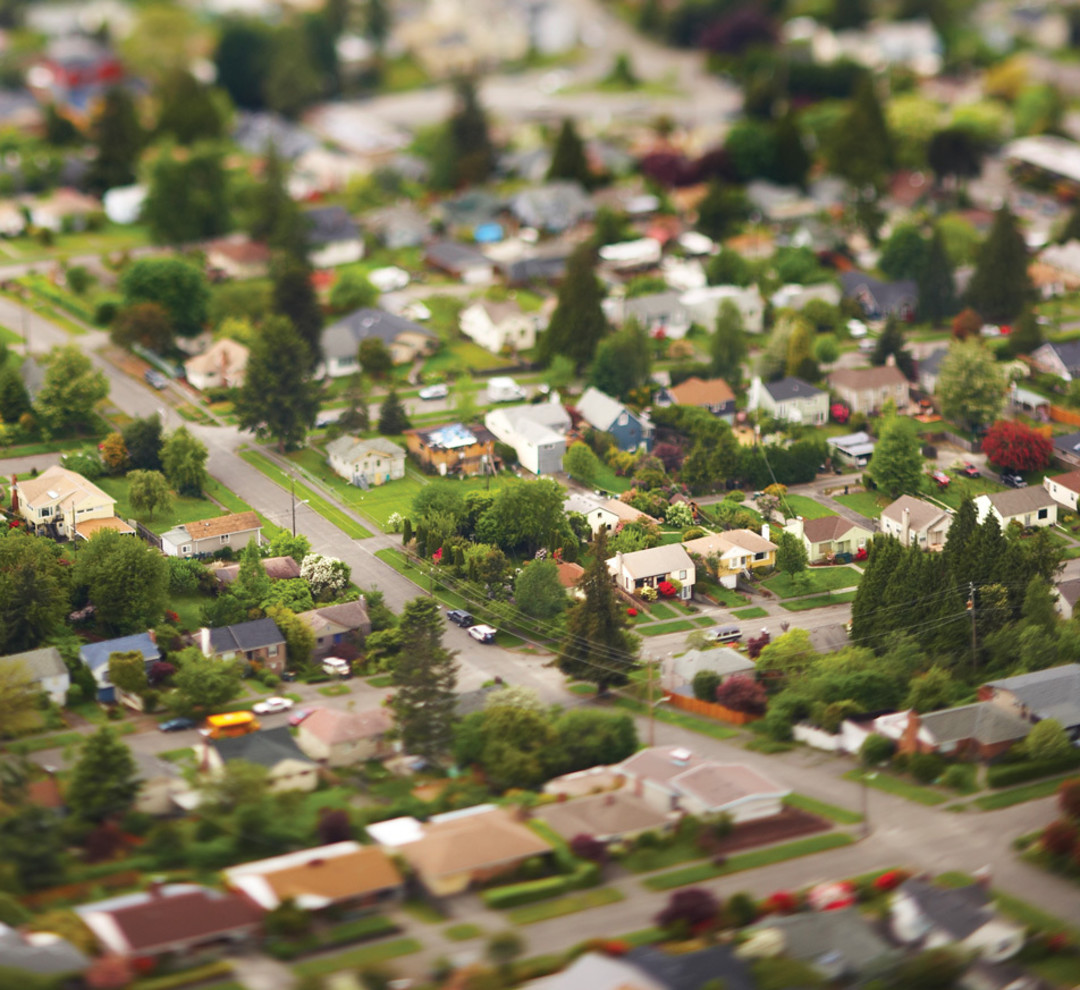
Image: Thomas Northcut
A Tale of Two Communities
• Ballard •
For years, Ballard has maintained multiple personalities. There’s old Ballard, with a rich history of fishing and Scandinavian culture, and new Ballard, with its onslaught of condos and hip restaurants and retail. There’s industrial Ballard, which welcomed creative types in search of affordable living spaces and blue collar workers in search of living-wage jobs, and there’s residential Ballard, which has embraced upper-middle-class outsiders intent on rehabbing its character-rich homes. Progress—and, let’s face it, gentrification—has inevitably favored modern ideals, but even the new generation of Ballardites worry about losing a piece of what used to be. “My grandma grew up here, so I used to hear stories about the old parts of Ballard,” says Kate Bergman, cofounder of the neighborhood blog -myballard.com. “It’s sad to see those things disappear, but on the other hand, it’s great to see Ballard thriving.”
It’s definitely thriving. Groups like Sustainable Ballard and Groundswell NW are focusing their efforts on preserving the community’s resources and parks. And yes, there’s the commercial aspect, too. “With more restaurants opening and more condos being built,” Bergman says, “it’s bringing more people, more money, and more energy to the neighborhood.”
Living Life Out Loud
• Pike/Pine •
The tiny triangle in the southwest corner of Capitol Hill bounded by Broadway, East Madison Street, and East Pine Street—and known as Pike/Pine—is home to 35 restaurants and more than 20 bars. And then there are the 30-odd retail stores, 10 coffee shops, half a dozen grocery and convenience stores and…. In other words, it’s dense. It’s dynamic. And it’s loud. “It’s definitely not a quiet neighborhood,” says longtime Capitol Hill resident and president of the neighborhood’s community council, Norma Straw. “There are parts of Capitol Hill that are quiet, but Pike/Pine is not one of them.”
Like most people who have moved to the area in the last five years, Straw was happy to trade peace for possibilities. Because for every obnoxious burst of noise at 3am, locals have dozens of options for living an active, urban lifestyle. “There are weeks when I go out every single night,” Straw says. “You have the spontaneity of saying, ‘Let’s go bowling at the Garage ,’ or, ‘Let’s go do karaoke at the Rock Box,’ or, ‘Let’s catch a performance at Velocity Dance Center.’ ”
Given that Pike/Pine is the place to live for restless revelers, the shadow of gentrification looms over the nabe. (For its part, Capitol Hill Housing is trying to provide affordable alternatives for lower-income residents.) But for now, the party is still hopping. “You can walk into any bar at happy hour and likely run into someone you know,” says Jason Lajeunesse, a co-owner of music venue Neumos. “It’s like a grown-up Sesame Street.”
Working Together to Live Diversely
• Madrona •
Madrona has a rich history of neighborhood involvement. In the ’70s, concerned parents banded together to save Madrona Elementary from closure. Then in the late ’90s, a new generation of volunteers worked together to rebuild Madrona Playfield, the park that sits next to the school. “The whole thing was run down,” says 18-year resident Marie Doyle. “The school secretaries didn’t even dare walk through it to get to work.” And that spirit of engagement is still energizing Madronans today, as yet another generation of parents continues to put in work at the school, which now serves kindergartners through eighth graders. “They want to be a community,” Doyle says of her neighbors. “They want to get together and build things.”
But more than anything, they want to preserve the racial diversity of the neighborhood that was once home to the Seattle chapter of the Black Panthers. “A lot of people who have moved to Madrona came here because they like the diversity,” Doyle says. “They don’t want to live a homogenized life.”
{page break}
Crunchy – But in a Good Way
• Wallingford •
When Jordan Schwartz moved to Wallingford from the East Coast in 1993, he found a neighborhood overrun by felines. “You couldn’t walk down the street without seeing cats,” he says. “They were all over.” Nearly 20 years later, he still feels outnumbered by animals, but the predominant species has changed. “What I see now are chickens,” he says with a laugh. “There are like two chicken coops per block.”
You could chalk up the fowl frenzy to the fact that Wallingford is home to the sustainable-gardening nonprofit Seattle Tilth. But it may also say something about the brand of progressive, civic-minded, earth-friendly people who live there. “There’s something very Main Street and homey about Wallingford,” Schwartz says. “There are people out in their front-yard gardens talking to neighbors as they walk by. You’ve got the crunchiness of Fremont without quite the acid twist.”
Falling in Love with Itself All Over Again
• Burien •
Ten years ago, you couldn’t walk a block in Burien without hearing someone mutter, “We need more restaurants. I’m tired of driving to Seattle to eat.” It’s not that West Seattle’s southern neighbors had an aversion to the big city; most would have told you that they loved how easy it was to hop on State Route 509 and scoot down to the Pike Place Market. No, the problem was that they saw potential in their own sleepy downtown and pined for an excuse to stick close to home.
Well, a lot has happened in the last decade, not the least of which was a mini explosion of restaurant and nightlife options along Southwest 152nd Street, Burien’s main drag. Now, instead of trucking up to Seattle because they don’t have a choice, the locals head downtown to take a break from the activity in their own backyard. “The city has fallen back in love with itself,” says Debra George, Discover Burien’s event coordinator.
And in just the last two years, that love affair has been heating up. With the completion of a new mixed-use city center that includes a town hall, a library, and space for a bustling farmers market, B-Town’s residents are feeling downright bullish about their city’s future. “We’re four minutes from the airport, but we don’t hear the planes,” George says. “We have great water views. We have private parks. It’s like this hidden little secret.”
Urban Living in the Heart of Suburbia
• Issaquah Highlands •
You don’t move to the Issaquah Highlands to spread out. You practically need a shoehorn to shimmy between houses, and most lots are the size of a postage stamp. “No one moves there to be isolated,” says five-year resident and Issaquah City Councilmember Mark Mullet. “They move there because they want to interact with their community and they like to have a lot of shared park space instead of big backyards.”
Building a dense, walkable, retail-rich community was developer Port Blakely Communities’ objective when it broke ground on the New Urbanist enclave nearly 15 years ago. And although two recessions have slowed the commercial component of that plan—restaurants and coffee shops have only just begun popping up in the last couple years—buyers searching for an intimate relationship with their neighbors got exactly what they wanted. “Because of the proximity of our homes to each other and the centralized parks, people are encouraged to get out and get to know each other,” says Erick Zimmerman, who moved to the Highlands in 2000 with his wife, Renee.
And when they do get out and interact, it’s at a kidcentric function. Within a month of opening a Zeeks Pizza location in the neighborhood last year, Mullet scrapped Monday karaoke nights in favor of a kids-eat-free promotion. “That’s been like 10 times more successful,” he says with a laugh. “It’s like a breeding colony out here.”

